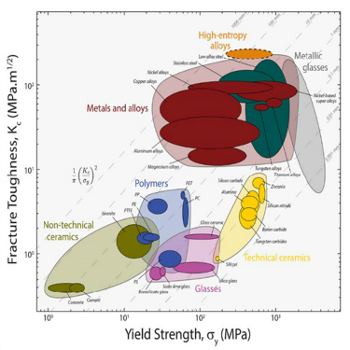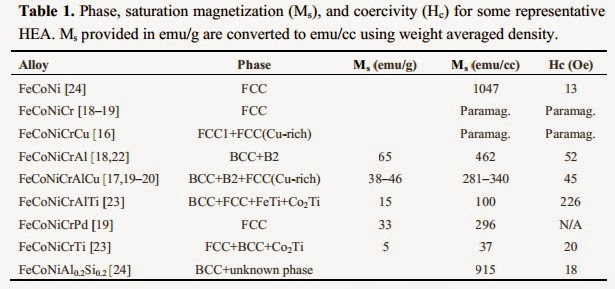Process-property-microstructure assessment of novel High-Entropy Alloys
Process-property-microstructure assessment of novel High-Entropy Alloys
Promotor(en): S. Cottenier, S. Claessens /18MAT05 / Solid-state physicsHigh-Entropy Alloys (HEAs) are defined as alloys composed of multiple principal elements, commonly more than five, at near equatomic composition, which tend to form simple crystalline structures such as bcc or fcc. They are the subject of intense recent international research. Because of their high formability and strength, combined with low density and acclaimed high temperature stability, HEAs are expected to replace superalloys in energy sectors and aero-space applications. In terms of fracture toughness, data exist that they outperform conventional metal alloys. Recently it was also reported that magnetic properties of high entropy alloys are promising.
To understand the fundamentals of HEAs is a challenge to the scientists in materials science and related fields because of lack of thermodynamic and kinetic data for multi-component systems in the center of phase diagrams. The phase diagrams are usually available only for the binary and ternary alloys. For HEAs, no complete phase diagrams are currently available to directly assist designing the alloy with desirable micro- and nanostructures

goal
Some typical examples of Fe-containing HEAs are given in the Table below. The goal of this work is to explore the FeCrNiCoAl system or the more recent FeMnCoNiCr system (for which data are available in the public domain) in terms of quantum simulations, thermodynamics, processability, microstructural evolution and properties. The work can consist of lab processing (casting, thermal treatments), characterization (SEM, XRD, hardness, DSC, high temperature behaviour), of quantum simulations for fcc and bcc lattices decorated with the five considered elements, thermodynamic calculations, all with the final goal to reveal the first correlations between all these aspects.

Context for Engineering Physics students
• Physics: measurement/calculation and understanding/interpretation of fundamental materials properties
• Engineering: property-processing relationships, improving engineering materials
- Study programmeMaster of Science in Engineering Physics [EMPHYS], Master of Science in Sustainable Materials Engineering [EMMAEN], Master of Science in Physics and Astronomy [CMFYST]ClustersFor Engineering Physics students, this thesis is closely related to the cluster(s) MODELING, MATERIALS, NANOKeywordsHigh entropy alloys, metallurgy, laboratory processing, quantum simulationsRecommended coursesSimulations and Modeling for the Nanoscale, Computational Materials Physics, Micro-analysis and Structure Determination in Materials Science


